January’s Bird of the Month is the American Oystercatcher, and here is the article in the upcoming January 2017 Kite written by Ben Kolstad.
“American Oystercatcher Haematopus palliatesState Species of Special Concern).
January’s bird of the month is an oddly charismatic bird: it has a bright reddish-orange bill shaped like a chisel sticking out of a black face with bright yellow eyes (Pete Dunne describes it as looking “goat-eyed crazy”). The head sits atop a more “typical” shorebird body of dark brown (often looks black) above and white below. The thick legs are a very subtle pink. All told, quite an eye-catcher!
Such an eye-catching bird is almost sure to have an ear-catching call, and that’s the case with AMOY. In addition to the typical shorebird squeaks and peeps, it has a loud and shrill descending whistle call that gathers speed and intensity until trailing off at the end. Very much worth a listen. A description of the many different vocalizations can be found on the home page of the American Oystercatcher Working Group, http://amoywg.org/american-oystercatcher/sounds/.
If you’ve been following the news from the Lake Worth Lagoon over the past several years, you know that Palm Beach County has its own, very small, breeding population of Oystercatchers. According to Ricardo Zambrano of the FWC, it’s the southernmost nesting pair in the United States.
The birds have returned to this area from which they had long been absent thanks to an ERM restoration project: Bryant Park/Snook Islands. According to David Carson, who designed and oversaw construction of the project,
As soon as we began depositing fill in the water during the summer of 2003, Oystercatchers began stopping by to see what was up. It was in 2005, at the end of construction that our contractor first noticed Oystercatcher nesting behavior. A pair had nested on top of the riprap wavebreak next to one of our mangrove islands. This pair has nested every year since, using three different nest locations. From 2005 to 2009 they nested on the riprap; from 2010 to 2014 they nested on a shell mound that accreted on the riprap; in 2015 they relocated their nest to the newly created Grassy Flats restoration project across the ICW from Snook Islands (http://discover.pbcgov.org/erm/Publications/GrassyFlatsRestoration.pdf). This pair has successfully fledged 13 chicks since 2005.
For more on the story of this successful restoration, see the complete article on our website, www.auduboneverglades.org/snook-islands-restoration-project-2016-update. Many thanks to David Carson of Palm Beach County ERM for providing this rich history of a wonderfully successful project!”
(Photographer’s please note that next month’s February 2017 Bird will be the Brown Pelican)
- American Oystercatcher by Eric A. Ray
- American Oystercatcher by Eric A. Ray
- American Oystercatcher by Eric A. Ray
- American Oystercatcher adult Snook Islands by Larry Hess
- American Oystercatcher carrying food to nest Snook Islands by Larry Hess
- American Oystercatcher by Paul Thomas
- American Oystercatchers by Paul Thomas
- American Oystercatcher by Walt Hackenjos
- American Oystercatcher by Walt Hackenjos

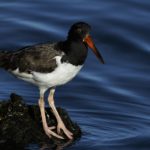
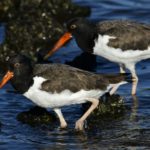
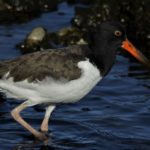
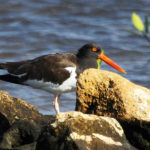
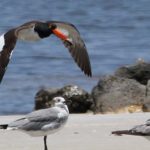
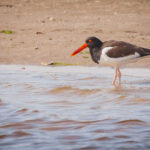
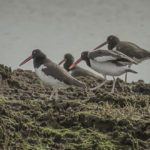
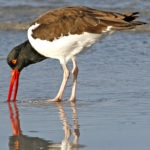
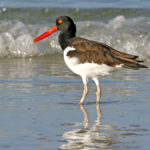
Comments are closed